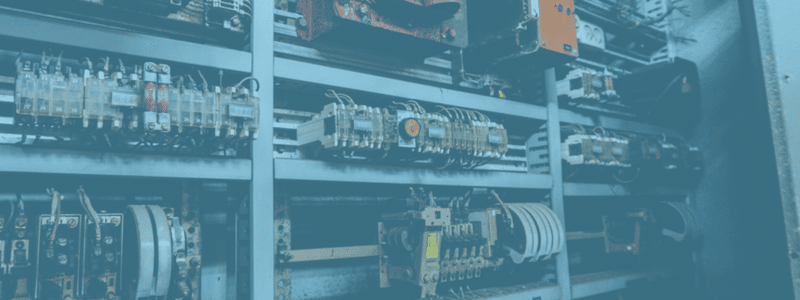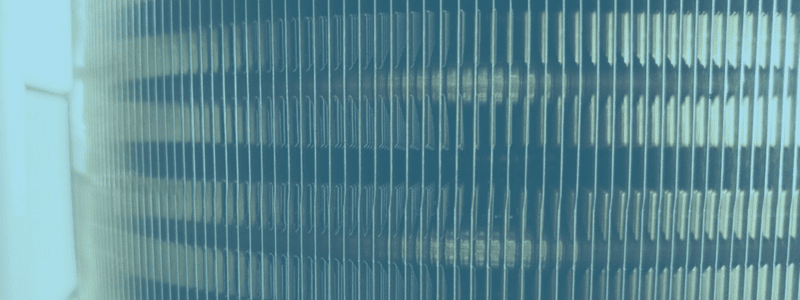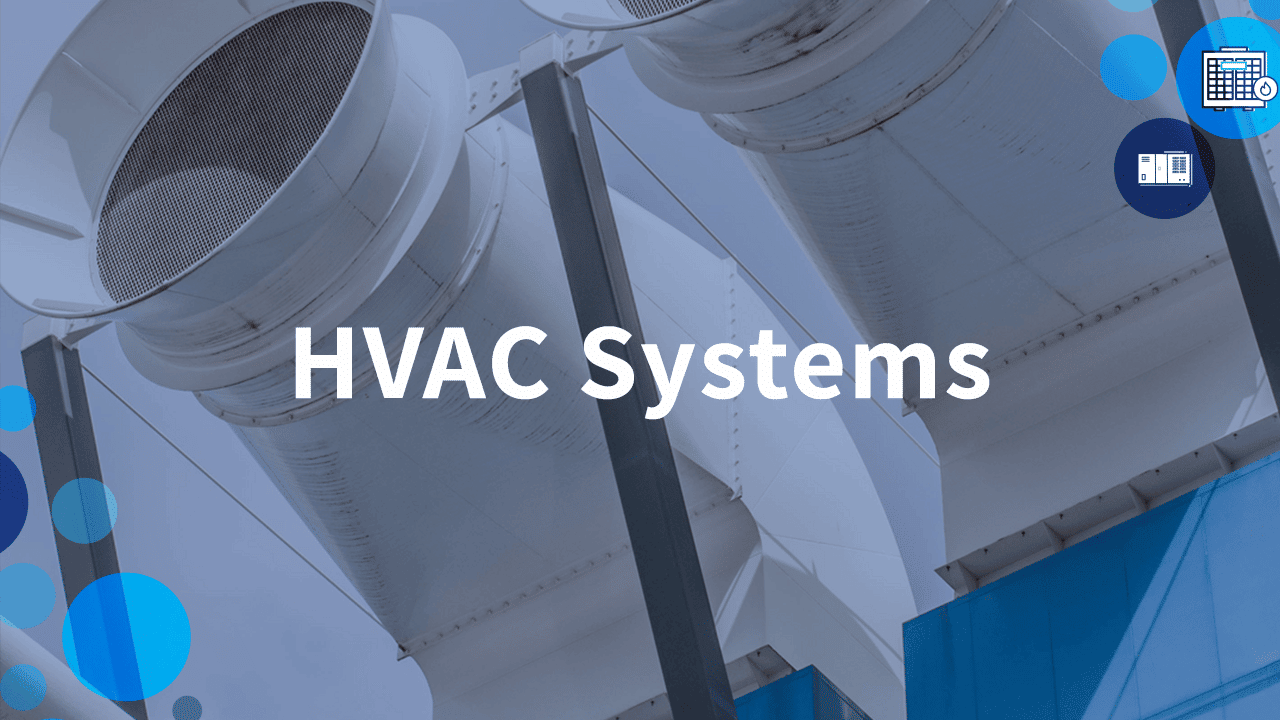Contractors see the term “HVAC” everywhere, but it can be confusing for others who aren’t in the industry. Most know it has to do with keeping temperatures comfortable in their home or business, but it stands for “heating, ventilation, and air conditioning”.
When you go to a customer’s property for service or maintenance, you’ll likely ask questions about their issues. But you must also provide tips to keep their unit working efficiently. That’s why knowledge about HVAC systems is essential. We’ll outline what they are, the different types, and how they operate.


What Is in an HVAC System? Heating, Ventilation, and Air Conditioning
An HVAC unit can be broken up into three parts:
- Heating
- Ventilation
- Air Conditioning
Here’s a quick overview of each:
Heating
Heating services tend to deal with components of an HVAC unit like:
- Heat exchangers: Transferring heat from one place to another
- Furnaces: Responsible for heating the air that’s distributed throughout a property
- Blower: Powers the fan that pushes the air through ducts
- Air filters: Prevents inhalation of dust and debris particles
Ventilation
Ventilation services are more of a misunderstood part of HVAC systems but are one of the most important.
It helps maintain proper airflow and indoor air quality throughout a property. Without them, HVAC systems wouldn’t function correctly and have a shortened lifespan.
That’s why air duct cleaning is a standard service that HVAC companies offer. According to the Environmental Protection Agency (EPA), air ducts don’t need to be cleaned regularly but as needed. However, if there are visible signs of harmful substances during an inspection—rodent droppings or large amounts of dust—you should recommend cleaning.
Air Conditioning
Being without air conditioning on a hot summer’s day isn’t ideal, which is why most HVAC companies offer various AC services. Of course, it’ll differ by location, but most maintenance and service calls include:
- Checking the refrigerant for leaks—if it’s faulty, you’ll need a certification to handle and dispose of it correctly
- Reviewing thermostat settings to ensure everything is working as it should
- Checking evaporator coils for debris and cleaning if necessary
- Tightening electrical connections
- Inspecting air filters


How Does an HVAC System Work?
HVAC units can cool and heat in various ways because of the different types of units. Some use a condenser for the cooling process, while others may use a heat pump. But for most traditional systems, the process goes like this:
- The thermostat notices the temperature needs to be lowered and sends a signal to the air conditioning components to start running.
- The indoor unit fan pulls hot air from the house through air ducts.
- After passing through filters, the hot air passes over evaporator coils and cools as the refrigerant absorbs it.
- Then the indoor unit’s blower fan takes the newly chilled air and sends it back through the ducts, creating ideal temperatures.
On the other hand, here’s how the furnace works:
- Propane or gas generates heat in the furnace’s burner
- Then the heat passes through a heat exchanger to increase the temperature
- Air from the ductwork is blown over the heat exchanger
- Finally, the furnace’s blower sends the warm air into the ductwork to get distributed throughout the property
What Are the Different Types of HVAC Systems?
There isn’t a one-size-fits-all solution for a property’s heating and cooling needs. But that’s why there are various HVAC units available such as:
- Split system: Has an indoor unit used to heat the interior, while the outdoor unit works to cool the property
- Hybrid system: Allows owners to switch between gas and electric power
- Duct-free or mini-split system: Units are mounted on individual room walls and are attached to an outdoor compressor
- Packaged heating and air system: A smaller unit that has heating and cooling features combined


What Are the Pros and Cons of Each Type of HVAC System?
Each HVAC system has pros and cons, so home and business owners need to know which works best. Here’s a breakdown of each design:
Hybrid System
Pros:
- Owners can choose between gas or electric to heat the property
- They work better in mild climates to take advantage of electric heating when it isn’t too cold outside
- It can help reduce energy costs
Cons:
- It still relies on fossil fuels for operation
- High upfront installation costs
- Not good at extracting heat from outdoor air during freezing temperatures, so the property could be left chilly and uncomfortable
Mini-Split System
Pros:
- A better solution for heating and cooling individual areas
- Easy installation
- Offer control over one unit, making it an excellent option for some commercial spaces or smaller homes
Cons:
- Expensive to install
- Repairs can be costly
- The units stick out from the walls making them aesthetically unpleasant
- Frequent maintenance and cleaning are required
Packaged System
Pros:
- Can be stored in the house since there’s only one unit
- Easy maintenance
- Better for warmer climates that don’t have harsh winters
Cons:
- If there’s no space inside, the unit will get placed outside, exposing it to outdoor elements and more wear and tear
- Not as energy efficient
- The heating system isn’t as robust as other options
How Does Motili Help HVAC Systems?
Motili’s technology platform allows property managers, owners, and investors to easily manage repair and replacement jobs. Motili handles all aspects of the job, from scheduling to ordering equipment to invoicing, making Motili the single point of contact for all property maintenance and equipment replacement.












